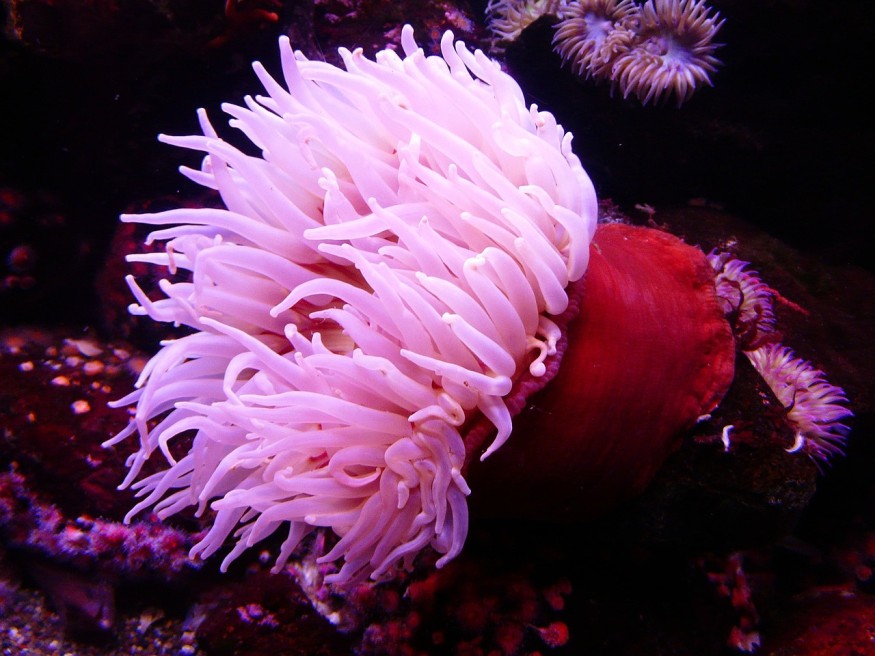
Lauren Ashwood, Ph.D., a researcher at Queensland University of Technology (QUT), has extensively studied the composition of the venom of sea anemones. She found one particular sea anemone called Telmatactis stephensoni, also known as the Australian tropical sea anemone, in which venom could lead to life-saving drugs.
Sea anemones are soft-bodied marine animals that look like flowers and are mostly found from the tidal zone of all oceans that have a depth of over 10,000 meters. However, more can be found in warmer seas, where they are the largest and most colorful.
Australian Sea Anemone Contains Venom, Toxins That Can Be Used to Develop Therapeutic Drugs for Humans
Sea Anemone Venom Contains Complex Cocktail of Toxins
According to a news release via EurekAlert! Ashwood found that the Australian sea anemone species can produce different venoms for defense, predation, and digestion. The toxins are stored in its parts that correspond to their function. She added that the T. stephensoni venom consists of a complex cocktail of toxins found in stinging cells throughout its structure.
"Analysis of the sea anemone's three major functional regions: the tentacles, epidermis, and gastrodermis - found the locations of toxin production are consistent with their ecological role of catching prey, defense, and digestion," Ashwood said.
That means when they study the toxins to know what they are for; researchers were able to gain insights into how they might be helpful to therapeutic drugs for different medical conditions. Ashwood added that toxins from venomous animals are being developed into therapeutics for cardiovascular disorders, autoimmune disease, HIV, cancer, chronic pain, diabetes. They are also used to heal wounds.
They found a total of 84 potential toxins in the Australian tropical sea anemone, including a toxin that had not been identified before. They called it U-Tstx-1 and sent it to Hungary for analysis.
ALSO READ: Venom From Cone Snails May Potentially Treat Malaria
How Can the Sea Anemone Venom Be Used As Therapeutic Drugs?
Studying the toxins in context gives an idea of how they might be useful for therapeutics. Throughout history, humans have used animal venom to treat ailments. For instance, people have been administering snake venom medicinally as early as the seventh century BC.
ABP Live reported that the toxins were found in the gastrodermis of the sea anemone, implying an association between the toxin and digestion or it could also be a new type of co-lipase that breaks down fat. Ashwood explained that the toxin is similar to the venom of black mamba snakes that stimulates muscle contractions in the intestines.
Study co-author Professor Peter Prentis said that scientists are interested in pain-causing venoms because they can be developed into pain killers. He further explained that isolating the neurotoxin and identifying the nerve cell receptor that it activates could help in developing a therapeutic drug that blocks or stop the activation of this nerve cell and therefore treat chronic pain.
Prentis said this means the toxins in the acontia, the long, stinging thread sea anemone used to ward off predators to deliver intense pain to its enemies, could be used to make an antidote to some types of chronic pain. He added that analytical techniques helped them discover the potential of using toxins for therapeutics.
The team published the full findings of their study, titled "Venoms for All Occasions: The Functional Toxin Profiles of Different Anatomical Regions in Sea Anemones Are Related to Their Ecological Functions," in Molecular Ecology.
RELATED ARTICLE: Snake Venom Transformed Into Super Glue That Stops Life-Threatening Bleeding Within Seconds
Check out more news and information on Venom in Science Times.










